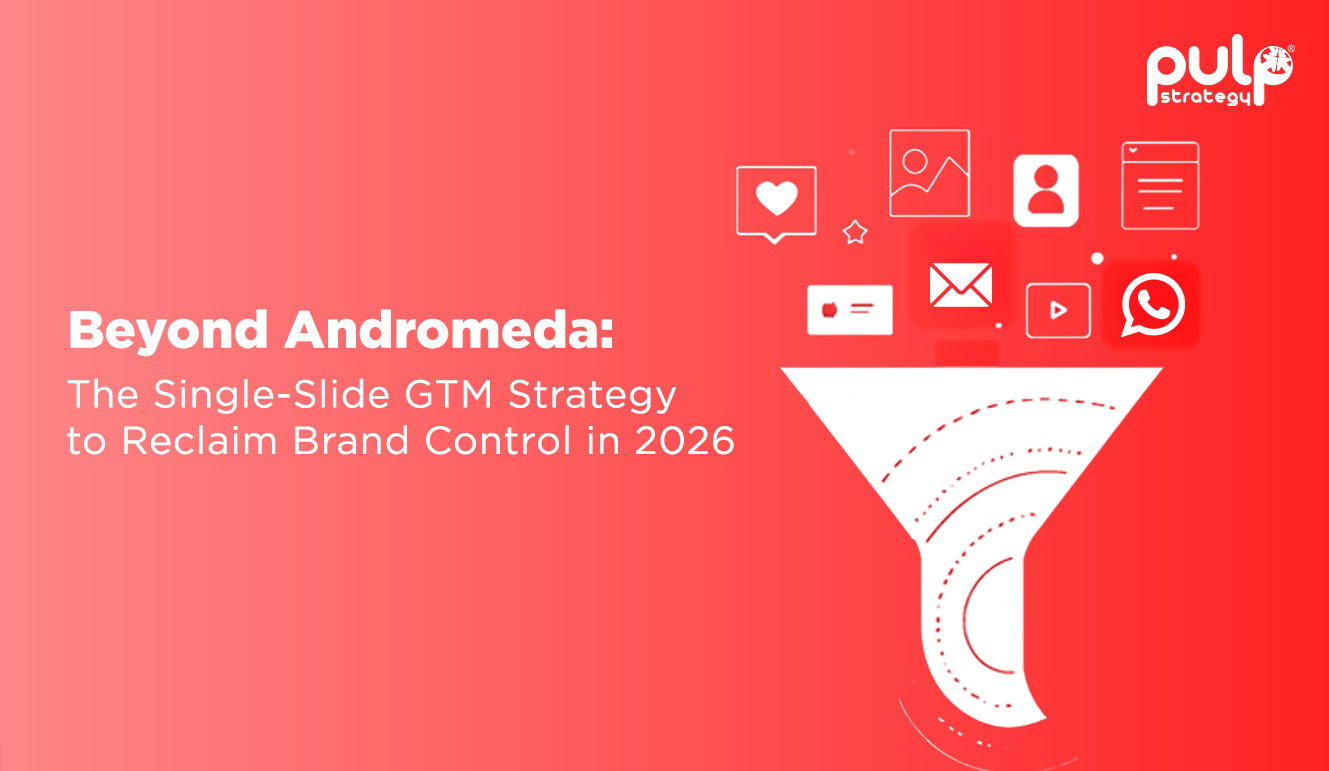Behavioral targeting has become increasingly popular in recent years as a way for marketers to more effectively target their advertising efforts. It allows them to reach a more relevant audience, and ultimately, achieve better results. Here’s your one-stop guide to behavioral targeting.
Among the many factors contributing to the success of an ad campaign, communicating to the right audience is the key. Running your campaign for the wrong audience will likely undermine your return on ad spend (ROAS). Traditionally, personalised campaigns have gained much more traction with buyers, and with the advent of data intelligence, it has become easier for marketers to adopt targeted advertising. This is where behavioral targeting steps up.
Behavioral targeting makes use of data intelligence and advanced tracking systems to display relevant ads to relevant target audiences. There is no longer a need for marketers and advertisers to plan hit-or-miss campaigns based on speculation, like in traditional advertising. This way, marketers can ensure more relevant and, in turn, more engaging user experiences.
Behavioral Targeting – What is it?
Behavioral targeting is a form of online marketing that involves targeting advertisements and content to users based on their previous online behavior. This can be done using cookies, web beacons, and other tracking technologies.
Behavioral targeting has become increasingly popular in recent years as a way for marketers to more effectively target their advertising efforts. It allows them to reach a more relevant audience, and ultimately, achieve better results.
There are several benefits of behavioral targeting for both marketers and consumers. For marketers, it provides a more efficient and effective way to target their advertising. It also allows them to track the effectiveness of their campaigns and make necessary adjustments.
For consumers, behavioral targeting can provide a more personalized and relevant online experience. It can also help to reduce the amount of irrelevant or unwanted advertising that they see.
Behavioral Targeting – How does it work?
The behavioral targeting process is essentially a three-step process that involves the collection of data, segmentation of data and delivery of customised marketing messages to the targeted audience.
Collection of Data
User data or information is a critical element of behavioral marketing. More insightful the data, better the success rate of the targeting campaigns. Therefore, data collection becomes the first step of the behavioral targeting process. Here, the data is drawn from multiple sources like mobile apps, mobile device data, third-party data providers, websites, marketing surveys, and CRM systems, among others. For example, websites use tracking pixels or cookies for tracking consumer behavior and apps on mobile devices track geographic locations via GPS. This data is then stored on data management platforms (DMP) or advertising technology (adtech) platforms for marketing automation systems.
Segmentation of Data
The next step is segmentation, where all the collected data from multiple sources is sorted into different buckets and consumer groups. Users can be segregated into different categories depending on what type of service/product they are looking for.
Targeting
The last step of the process is targeting. At this stage, the marketers choose a specific group to target once data collection and audience segmentation are done. The primary aim is to convey tailored advertising to the most relevant user. Successful behavioral targeting matches the interests and behavior of the visitors the next time they land on the website. This will eventually help improve businesses’ conversion rates.
Behavioral Targeting – Types
There are three main types of behavioral targeting:
Contextual Targeting
This involves targeting ads based on the content of the webpage that a user is viewing. For example, if someone is reading a travel article, they might see ads for travel-related products or services.
Social Media Targeting
This involves targeting ads based on a user's social media activity. For example, if someone has recently tweeted about wanting to buy a new car, they might see ads for car dealerships or car-related products.
Retargeting
This involves showing ads to users who have already shown interest in a product or service. For example, if someone has visited a car dealer's website but didn't purchase a vehicle, they might see ads for that same dealership when they visit other websites.
Behavioral targeting can be an effective way to reach potential customers who are likely to be interested in what you're selling. It can also help you avoid wasting money on advertising to people who are not likely to be interested in your product or service.
If you're considering using behavioral targeting for your business, it's important to make sure that you're doing it in a way that is ethical and transparent. Make sure that you're only collecting data that is necessary for targeted advertising, and that you're giving people the opportunity to opt-out of targeted advertising if they choose to do so.
Behavioral Data – Why is it important?
There are several reasons why behavioral data is important. First, it can help marketers understand how people interact with products and services. This data can be used to improve the user experience and make better marketing decisions. Additionally, behavioral data can help businesses identify trends and target potential customers.
Second, behavioral data can help researchers understand human behavior. This data can be used to study everything from why people make certain decisions to how they interact with others. Additionally, behavioral data can help researchers develop new theories and models of human behavior.
Third, behavioral data can help businesses improve their products and services. By understanding how people use and interact with products, businesses can make changes to improve the user experience. Additionally, behavioral data can help businesses identify new opportunities for product development and marketing.
Fourth, behavioral data can help government agencies and policymakers understand the impact of their policies on people’s behavior. This data can be used to assess the effectiveness of policies and make changes to improve outcomes. Additionally, behavioral data can help policymakers identify potential areas of concern and develop new policies to address these issues.
Behavioral Targeting - What are the benefits?
Right from easing out users' online purchasing process to delivering ads more effectively, behavioral targeting offers various perks to both the marketers as well as consumers. Some of the benefits include -
⦁ Improved user engagement - Delivering personalised ads to consumers online can result in better user engagement.
⦁ Improved ad click-through rates - Consumers interested in personalised ads will more likely drive a higher click-through rate.
⦁ Better conversion rates - Targeted ads usually resonate with the audience since the user has shown interest in the product/service at some point. This improves the chances of successful conversion.
⦁ The efficient buying process for users - Online behavioral advertising can help guide consumers by simplifying the buying process.
Behavioral Targeting - What does the future hold?
The demise of cookies has been long predicted, and it now appears that the end may finally be near. In January of 2020, Google announced that it would phase out support for third-party cookies in its Chrome browser within two years. This move is likely to have a major impact on the online advertising industry, which has come to rely heavily on cookies for behavioral targeting.
So what does the future hold for behavioral targeting without cookies? There are a few potential options:
⦁ First-party data could become even more important.
⦁ Probabilistic modelling may become more prevalent.
⦁ Contextual targeting could make a comeback.
⦁ Device fingerprinting could become more common.
⦁ Advertisers may need to rethink their approach to data collection.
It's impossible to say for sure which of these options will gain the most traction in the post-cookie world. However, one thing is certain: the landscape of online advertising is about to change in a big way. Advertisers will need to be adaptable and innovative in order to stay ahead of the CURVE.
If you are looking to target the right audience and build further on behavioral targeting, look no further than Pulp Strategy, one of the best strategic marketing agencies in India.









